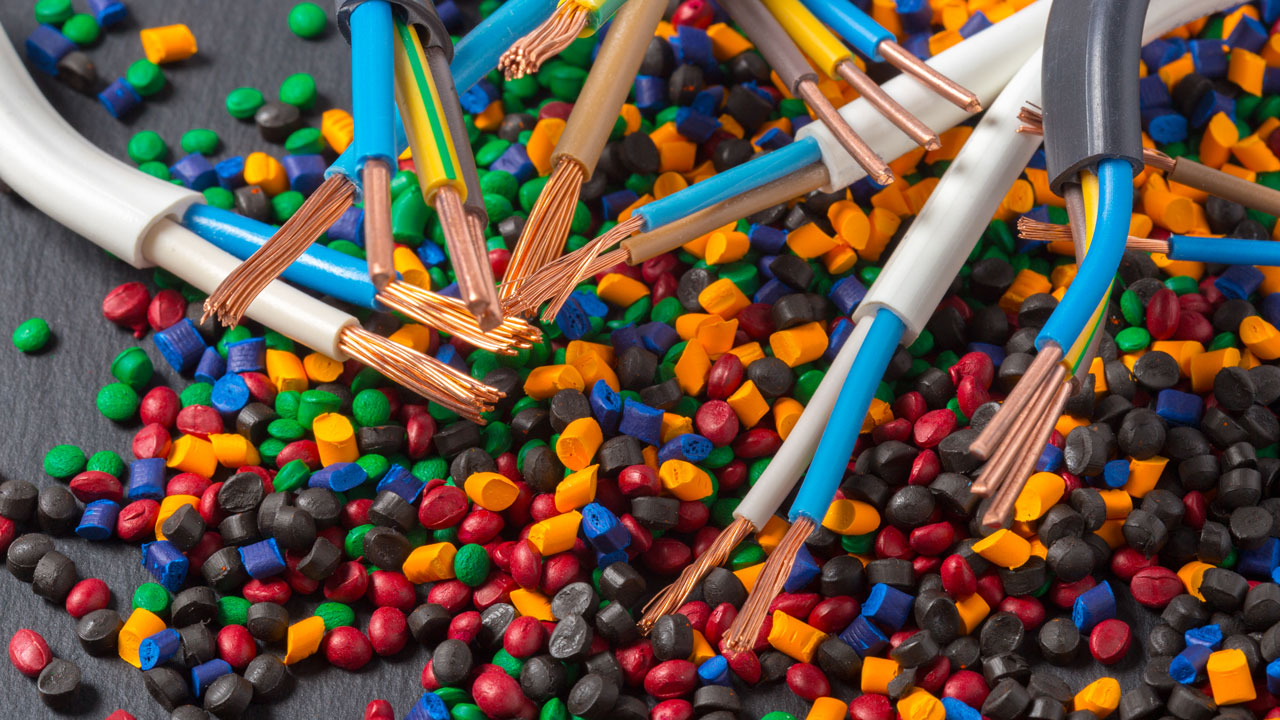In today’s world, where the environment is a top priority for consumers, businesses always search for new and creative methods to incorporate sustainable practices into their operations. The tech world, often criticized for its carbon footprint, is not exempt from this shift towards eco-friendliness. One notable example of this transition is the embrace of fiber optics. This technology revolutionizes connectivity and boasts an impressive green side. To see various products based on this revolutionary technology, visit homepage.
Illuminating the Path to Sustainable Connectivity with Fiber Optics
Fiber optics, the transmission of data through thin strands of glass or plastic fibers, has emerged as a frontrunner in sustainable communication solutions. Unlike traditional copper wiring, which relies on metal extraction processes with substantial environmental impacts, fiber optics provides a cleaner and more eco-friendly alternative. Let’s delve into the various aspects that make fiber optics a beacon of sustainability in the tech industry.
Energy Efficiency: A Lighter Carbon Footprint
One of the primary reasons fiber optics is considered environmentally friendly is its unparalleled energy efficiency. Traditional copper cables experience significant signal loss over distance, necessitating signal boosters at regular intervals. Fiber optic cables outperform copper cables with their ability to transmit data over longer distances without signal losses. Please only settle for more regarding your data transmission needs.
Upgrade to fiber optic cables for a more efficient and reliable experience. This means fiber optic cables do not require signal boosters or advocates to maintain data transmission quality over long distances. This inherent efficiency reduces the energy consumption needed for signal amplification, resulting in a lighter carbon footprint than traditional alternatives.
Moreover, the energy required to produce and maintain fiber optic networks is considerably lower. The manufacturing process of fiber optics involves fewer materials and less energy than the production of copper cables. With the global push towards renewable energy sources, the adoption of fiber optics aligns seamlessly to reduce energy consumption and greenhouse gas emissions.
Durability and Longevity: Reducing Electronic Waste
Another compelling aspect of fiber optics from a sustainability perspective is its durability and longevity. Fiber optic cables are more resistant to environmental factors such as weather, moisture, and temperature fluctuations. This resilience ensures a longer lifespan for the wires, reducing the frequency of replacements and minimizing electronic waste.
In comparison, traditional copper cables are more susceptible to corrosion and wear over time, often requiring frequent replacements. Electronic waste disposal poses a significant environmental challenge, with hazardous materials leaching into the soil and water. By opting for fiber optics, businesses and consumers contribute to reducing electronic waste, aligning with the global push for a circular economy.
Renewable Resource Utilization: Eco-Friendly Materials
The materials used in fiber optic cables further emphasize its green credentials. Unlike copper cables, which rely on extracting finite and often environmentally damaging resources, fiber optics predominantly use silica glass – a material abundant in nature. Silica glass production involves fewer environmental impacts and is more sustainable in the long run.
Additionally, technological advancements have paved the way for using bio-based and recycled materials in manufacturing fiber optic components. This shift towards eco-friendly materials reflects a commitment to sustainable practices within the tech industry, addressing concerns about resource depletion and environmental degradation.
Reduced Carbon Emissions in Data Centers
Data centers, the backbone of the digital age, are notorious for their energy consumption and carbon emissions. Adopting fiber optics in data centers offers a tangible solution to this issue. The energy efficiency of fiber optics translates into reduced power requirements for data transmission, contributing to lower carbon emissions associated with the operation of data centers.
Furthermore, the compact size of fiber optic cables allows for higher data density in data centers, minimizing the physical space required. This reduces the environmental impact of constructing and maintaining expansive data centers and addresses the growing concern of urban sprawl and land use.
In conclusion, the green side of fiber optics extends beyond its technological capabilities to encompass a commitment to sustainability. From energy efficiency and durability to eco-friendly materials, fiber optics represents a leap towards a more sustainable and environmentally conscious future in connectivity. The adoption of fiber optics is a prime example of leveraging technology for innovation and environmental stewardship. It is a crucial step for businesses and consumers seeking to reduce their ecological impact.
